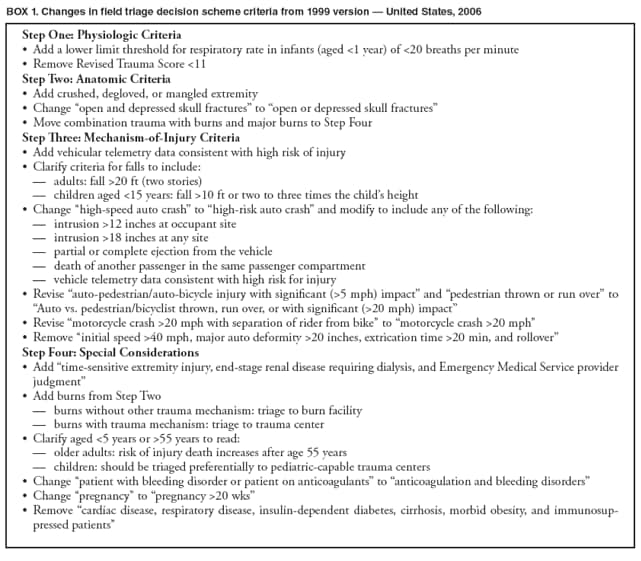Triage Protocols Pdf
Telephone triage and treatment protocol. Download pdf, 133 KB. Staff developed triage and treatment protocols that followed CDC guidelines on. Protocol, and assign acuity Telephone triage aids in getting the patient to the right level of care with the right provider in the right place at the right time.
Triage Protocols For Primary Care 2017
Introduction Oregon laws allow nurses to use Nursing Treatment Protocols. Oregon DOC Health Services has written Nursing Treatment Protocols consistent with the guidelines set by the Oregon Board of Nursing and the Oregon Board of Medical Examiners. Oregon DOC Health Services chooses to use this accepted practice to enhance inmate health care. Oregon DOC Health Services wants to ensure that the use of Nursing Treatment Protocols enhances medical care directed by a physician and does not replace it. Implementation of the Nursing Protocols involves another application of the general concept of nursing triage practice. The protocols are designed to assist and educate nursing staff in this triage process. Oregon DOC Health Services requires additional training in physical assessment and the use of treatment protocols for the nurses who use them.

It is recognized that nursing staff are responsible to review the changes that have been implemented, and understand the proper use of the Nursing Protocols. Oregon DOC Health Services requires that all nurses that use the protocols are supervised for this privilege by the Health Services Manager and the Chief Medical Officer of the institution that the nurse works.
Key concepts apply. If an individual is seen for the same problem twice without expected resolution or improvement, they are referred to a medical provider. All applications of Nursing Treatment Protocols that apply to the use of prescription medications are reviewed and signed off by the practitioner on the next working day (and within 72 hours).
There is more to the art of nursing than the use of medication. The majority of the Nursing Treatment Protocols actually result in using educational materials or self-care treatments.
Triage Protocols For Uti
Sometimes over the counter or prescription medication will be suggested. While some patients seen by the nurse will require an immediate referral to a practitioner, the inmate patient’s first access to health care is the initial encounter with the nursing staff during the sick call/triage process. This encounter is the first chance to intervene and often resolves the inmate patient’s health concern.
Review has found that 80% of the inmate patient’s health concerns can be addressed during the sick call visit and resolved through the use of the nursing treatment protocols. It’s also clear that the Protocols are not intended as the cure for every ailment in every patient. The effectiveness of the health care team is enhanced by empowering nurses to apply their knowledge and skills through the use of the nursing treatment protocols. Sometimes, no nursing protocol will or should apply to the patient that the nurse is evaluating. In this case the patient usually is referred for evaluation and treatment by a Provider. The Nursing Treatment Protocols have been in place for many years. The inception and subsequent reviews and revisions of the nursing treatment protocols have been the concerted effort of many staff within the health services program. Nursing staff are encouraged to work with and offer feedback to the current work group for the Nursing Protocols. Your input into the ongoing revision process is a valuable resource to the group in helping with continuous quality improvement of the protocols.
Assessment Protocols Dental Protocols Emergency Protocols .
Triage Protocols For Nurses
This quick-reference manual presents over 200 triage protocols for evaluating patients' symptoms over the telephone. Each symptom entry lists questions, grouped by urgency level, to determine whether the caller should seek emergency care now, seek medical care the same day, call back for appointment, or follow home care instructions. Detailed home care instructions are then provided. This edition features fourteen new protocols: avian influenza ('bird flu'); congestive heart failure; electrical burns; hand/wrist problems; hip pain/injury; influenza; neurological symptoms; newborn problems; pertussis; severe acute respiratory syndrome (SARS); sickle cell disease problems; substance abuse, use, or exposure; West Nile virus; and wound care: sutures or staples. New appendices include guidelines for scenario practice; difficult caller practice scenarios; mystery caller practice session; temperature conversion guide; weight conversion chart; acetaminophen dosage chart; ibuprofen dosage chart; infant feeding guide; abdominal pain causes and characteristics; chest pain causes and characteristics; and headache causes and characteristics.